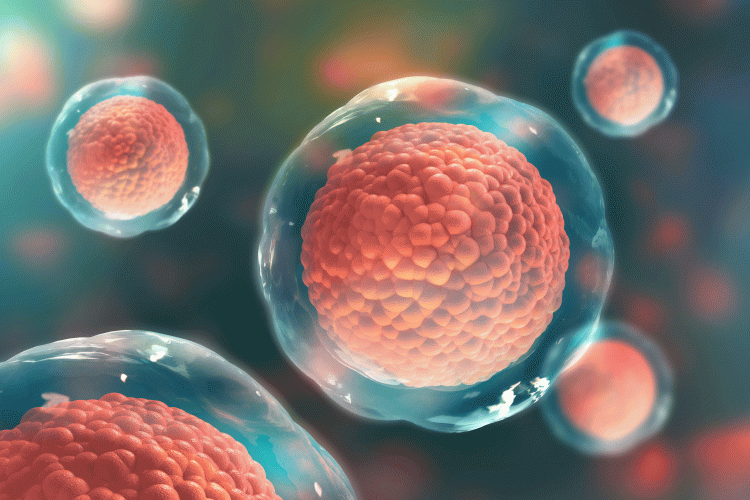Pigment-producing stem cells can regenerate vital part of nervous system
Posted: 8 May 2019 | Drug Target Review | No comments yet
Researchers have discovered that certain skin-related stem cells could help in treating neurogenerative diseases.


Researchers at the University of Maryland School of Medicine (UMSOM) have discovered that a type of skin-related stem cell could be used to help regenerate myelin sheaths, a vital part of the nervous system linked to neurodegenerative disorders.
The discovery into these types of stem cells is significant as they could offer a simpler and less invasive alternative to using embryonic stem cells.
“This research enhances the possibility of identifying human skin stem cells that can be isolated, expanded, and used therapeutically. In the future, we plan to continue our research in this area by determining whether these cells can enhance functional recovery from neuronal injury,” said Thomas J Hornyak, MD, PhD, Associate Professor and Chairman of the Department of Dermatology, and principal investigator in this research.
Using a mouse model, the team discovered a way to identify a specific version of a cell known as a melanocyte stem cell which has the ability to continue to divide without limit. Additionally, the researchers discovered that these stem cells can make different types of cells depending on the type of signals they receive.
Importantly, unlike the embryonic stem cell, which must be harvested from an embryo, melanocyte stem cells can be harvested in a minimally-invasive manner from skin.
The team found a new way to not only identify the right kind of melanocyte stem cells, but also the potential applications for those suffering from neurodegenerative disorders. By using a protein marker that is only found on these specialised cells, the research group was able to isolate this rare population of stem cells from the majority of the cells that make up skin.
Additionally, they found that there exist two different types of melanocyte stem cells, which helped in determining the type of cells they could create.
Using this knowledge, the researchers determined that under the right conditions, these melanocyte stem cells could function as cells that produce myelin, the major component of a structure known as the myelin sheath, which protects neurons and is vital to the function of our nervous system.
Some neurodegenerative diseases, like multiple sclerosis, are caused by the loss of these myelin-producing, or glial, cells which ultimately lead to irregular function of the neurons and ultimately a failure of the nervous system to function correctly.
The team grew melanocyte stem cells with neurons isolated from mice that could not make myelin. They discovered that these stem cells behaved like a glial cell under these conditions and ultimately formed a myelin sheath around the neurons that resembled structures of a healthy nerve cell.
When they took this experiment to a larger scale, in the actual mouse, the researchers found that mice treated with these melanocyte stem cells had myelin sheath structures in the brain as opposed to untreated mice who lacked these structures.
This research was published here.
Related topics
Cell Cultures, Research & Development, Stem Cells
Related conditions
neurodegenerative disorders
Related organisations
University of Maryland School of Medicine (UMSOM)
Related people
Thomas J Hornyak MD PhD








